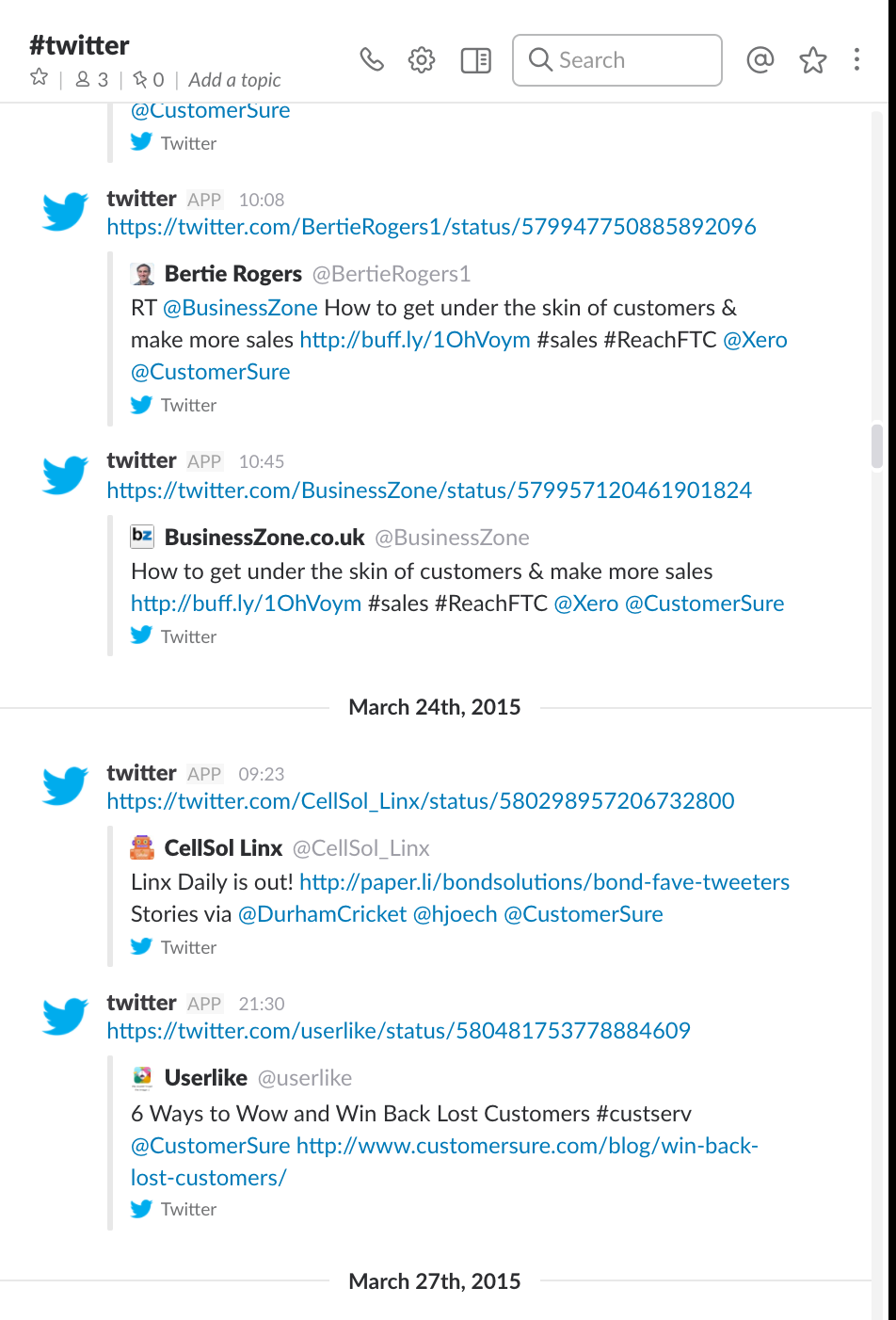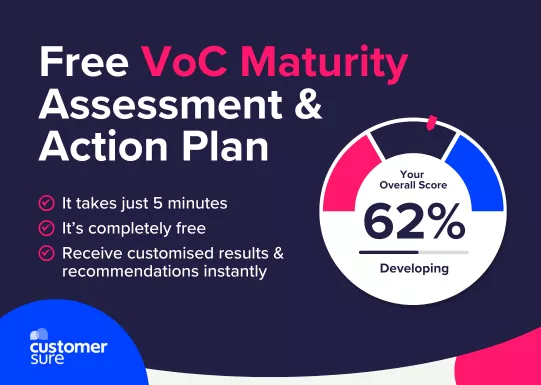

If you’re developing your social media customer service strategy, getting these four things right could be the difference between success and failure. Read on…
Social networks have changed the way people, customers and businesses communicate with each other forever. It’s no wonder then that companies are taking advantage of social media as part of their customer service. But often - this leads to increased dissatisfaction.
What many companies do not realise is that, conducted poorly - customer service via social channels can actually harm relationships with customers, increasing dissatisfaction and demoralising the team assigned to ‘Social Media Customer Service’.
I recently had the pleasure of reading Buffer’s ‘complete guide to using social media for customer service’. It’s a great post, and if you’re interested, you should read it.
But first, read on, to make sure you avoid the 4 potential mistakes that could end up costing you customers!
There’s no doubting Buffer’s compelling statistics that show customers who receive service via social media are likely to spend more and refer you to more of their friends.
We completely agree, but in our experience it’s not ‘social media’ that makes the difference here, it’s ‘customer service’!
In our line of work we help companies improve customer satisfaction - and one thing we’ve discovered time and time again is that whilst tools (such as social media) can help, it’s a combination of your attitude and systems that deliver the financial benefits of good service.
We’re not saying, ‘avoid social media’, we’re saying that social media won’t help if fundamentally your company’s approach to customer service isn’t up to scratch.
Another pitfall of using social media for customer service is that feedback is ‘siloed’ into one team, or worse, one person – the person who looks after your social media.
The benefits of sharing feedback with your entire team are so huge that we gave them a post to themselves. Suffice it to say, if you want:
Then you should really start sharing feedback with everyone in your business, right now. Not just your sales/marketing/customer service team.
We use Slack’s Twitter integration to pipe everything on our Twitter account into a Slack chatroom – that way, when we get enquiries/feedback on Twitter, the whole team sees it.

If this isn’t feasible for your business, find something that is, and fast – we see the benefits every day, and they are genuinely more game-changing than any other customer service initiative we’ve heard of.
If you haven’t seen Thelma and Louise (really?!), it’s a story of a simple fishing trip which escalates through a series of tragedies, concluding with one of the most iconic endings in cinema history.

Often, when a customer takes to social media to voice their complaint, it’s because you have driven them to the edge of the customer service cliff.
What started out as a simple trip to your website to find out some information or report a small problem can escalate, through making yourself hard to get in touch with, or not proactively checking for satisfaction, into full-blown public outrage on social media.
Yes, it’s vital that you provide social media customer support – some people just prefer to use social media as a support channel. But nine times out of ten, if someone is shouting at you on Twitter, it’s down to a failure earlier in your customer service story.
Your customer service shouldn’t be so poor that social media is the only way customers can get your attention. It’s public and very messy.
What you should do instead is make sure that you are easy to contact privately when a customer needs to do so. And - make sure that when your team do something for a customer, they check for satisfaction to ensure that the customer is happy with the outcome. Respond quickly if they are still unhappy. Keep social media for the ‘positive’ side of customer service.
Social media can be a great way of doing ‘transactional’ customer service, i.e.:
But social media isn’t great for ongoing feedback collection because you can’t use it to ask for feedback at specific points during your interaction with a customer.
Imagine you run a restaurant. You realise that keeping your customers satisfied is important to make sure your business grows, so do you:
-or-
If you think the first option is the way to go - back to customer service school for you.
Don’t just check for satisfaction when you resolve a complaint. It’s vital to check in the normal course of doing business (whatever the equivalent of ‘shortly after food has been served’ is for your business).
Why?
Because that’s how you find out the ‘little things’. The things that aren’t glowing praise and aren’t complaints either. The things that would stop that customer buying from you again even though they didn’t complain about it. The things, which if you fixed them, would make ALL of your customers spend more and recommend you to more friends.
Social media isn’t going to help you with that.
If you’re thinking about implementing customer service over social media, read the excellent Buffer guide and go for it. But make sure that before you do, you have:
If you want to shortcut a lot of research and cut to implementing an effective voice of the customer programme, we can help.
Start learing your current level of CX maturity, and if it looks like we can help you, as we’ve helped hundreds of other mid-market firms, we can talk further!

Gain a clear view of how mature your VoC programme is, and receive tailored recommendations to take it to the next level.
Take the assessment »Connect with a CX expert who’ll help determine your current VoC programme maturity level and provide a 3-step action plan to improve.